Homomonument
Three connected pink triangles memorialize persecuted gays and lesbians throughout history.
Located on the Keizersgracht canal in the center of Amsterdam, the Homomonument uses the symbol worn to identify gay men in Nazi concentration camps to form the basis of its design. Only this time, the pink triangle serves as a memorial to the homosexuals that have been persecuted through the years.
The monument was designed in 1980, commissioned after gay activists were arrested in 1970 for placing a lavender wreath on Amsterdam’s National War Memorial in Dam Square. It consists of three triangles connected by lines to form one larger triangle.
The memorial was built by the canal with the triangles strategically positioned: one points to the memorial in Dam Square, another to the headquarters of COC Nederland, the oldest continuously operating gay rights organization in the world, dating back to 1946. The third triangle points to Anne Frank’s house, and includes an inscription from a poem by a gay Jewish poet: “Naar Vriendschap Zulk een Mateloos Verlangen” (“Such an endless desire for friendship”).
The Homomonument was finally unveiled in 1987, and has since inspired similar monuments in other cities, including some based on the Homomonument’s design. People like to place floral wreaths on the triangle by the water.
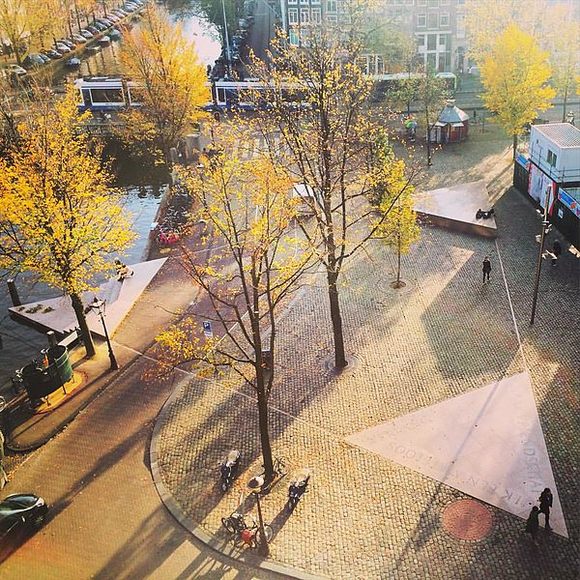




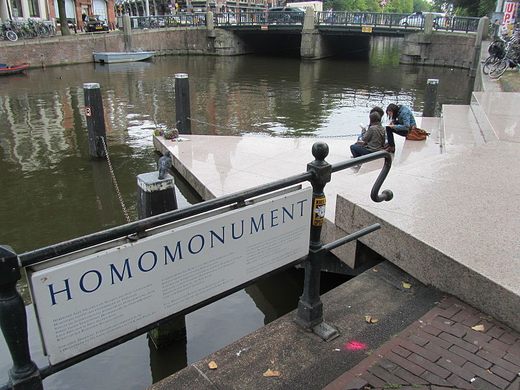
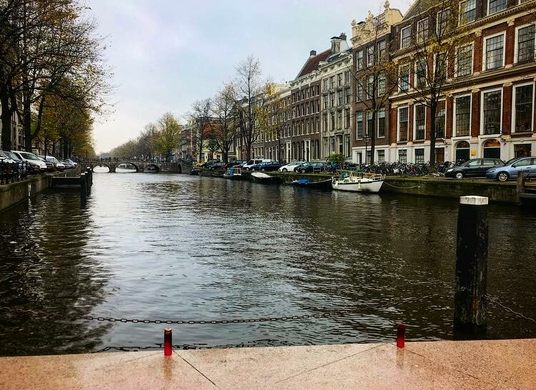







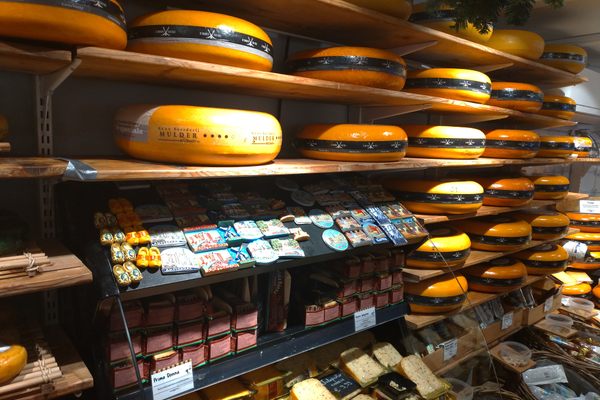
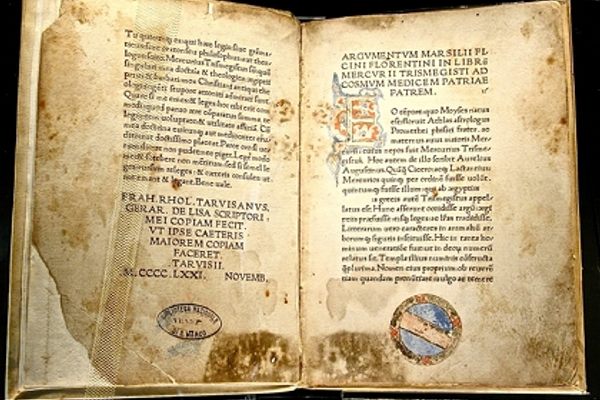


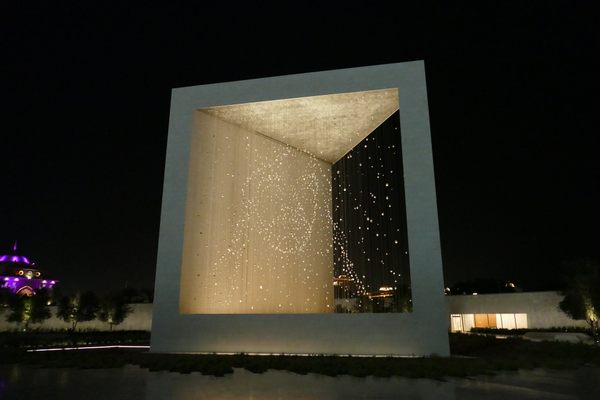




Follow us on Twitter to get the latest on the world's hidden wonders.
Like us on Facebook to get the latest on the world's hidden wonders.
Follow us on Twitter Like us on Facebook